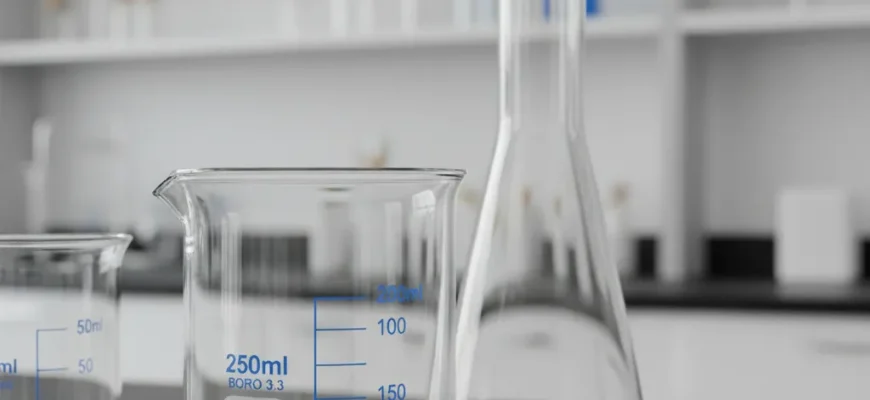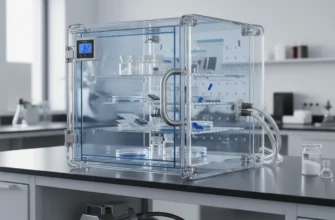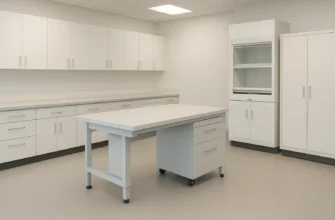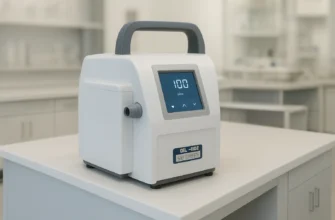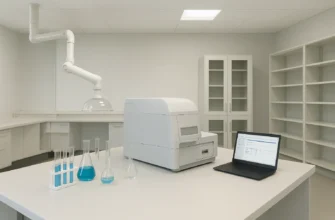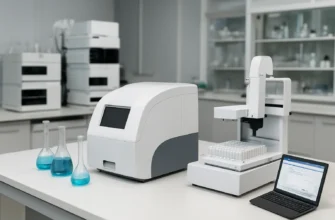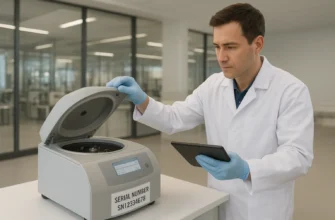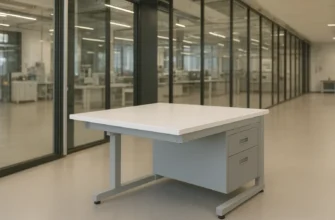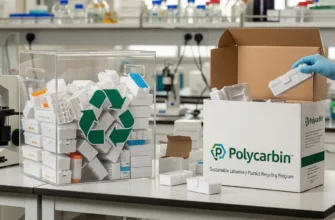Discover Quality Chemistry Beakers for Your Lab Needs
Main Takeaway: Selecting the right chemistry beaker—based on material, size, and form—is essential for accurate, safe, and efficient laboratory work.
Introduction
In any chemistry lab, beakers are indispensable. Although simple in design—a cylindrical container with a flat bottom and a pouring spout—they serve as the backbone of countless procedures, from mixing reagents to heating solutions. This guide covers beaker materials, features, sizes, handling, and trusted suppliers to help you equip your lab with confidence.
Types of Beaker Materials
Borosilicate Glass
-
Exceptional thermal shock resistance: withstands rapid temperature changes without cracking.
-
High chemical inertness: resists acids, bases, and most organic solvents.
-
Maintains clarity and strength after repeated use and autoclaving.
Polypropylene (Plastic)
-
Lightweight and shatterproof: ideal for educational settings or fieldwork.
-
Good chemical resistance: suitable for general-purpose mixing and storage.
-
Limited heat resistance: not suitable for hot-plate or flame applications.
Key Features of High-Quality Beakers
-
Heat & Chemical Resistance: Borosilicate glass is preferred for heating and aggressive chemistries.
-
Clear Graduations: Printed volume markings (±5–10% accuracy) for approximate measurements.
-
Easy-Pour Spout: Precisely formed beak to minimize drips and spills.
-
Uniform Wall Thickness: Promotes even heating and enhances mechanical strength.
-
Reinforced Rims: Prevent chipping during handling and cleaning.
Standard Sizes, Forms, and Capacities
-
Size Range: Common sizes include 50 mL, 100 mL, 250 mL, 600 mL, and 1000 mL. Industrial beakers may exceed 4000 mL.
-
Accuracy: Graduations are approximate; use volumetric flasks or graduated cylinders for precise work.
-
Forms:
-
Low-Form (Griffin): Wide base—ideal for stirring and general mixing.
-
Tall-Form (Berzelius): Narrower profile—better for heating baths and reducing evaporation.
-
Selecting the Right Beaker for Your Application
-
Volume: Choose a capacity at least double your working volume to prevent boil-over.
-
Application:
-
Heating—tall-form borosilicate beaker.
-
Stirring/mixing—low-form glass or plastic beaker.
-
Volatile liquids—consider a narrow-neck container or flask.
-
-
Safety Needs: For drop-risk environments, lightweight plastic may be preferable.
Proper Handling, Cleaning, and Maintenance
Handling & Safety
-
Always inspect for chips or cracks before use.
-
Wear appropriate PPE (goggles, gloves).
-
Avoid thermal shock: never place a cold beaker on a hot surface or vice versa.
-
Use tongs or heat-resistant gloves to move hot beakers.
-
Secure beakers with clamps on open flames.
Cleaning Protocol
-
Rinse immediately with water to prevent residue buildup.
-
Wash with lab-grade detergent and a soft brush; avoid abrasive scouring pads.
-
Rinse thoroughly with tap water, followed by deionized water.
-
Air-dry on a rack or use a glass dryer; avoid towel drying.
Where to Buy High-Quality Beakers in the United States
What to Look For in a Supplier
-
Material Specifications: Clearly stated use of borosilicate glass (e.g., Pyrex) or polypropylene.
-
Standards Compliance: ISO, ASTM, or other quality certifications.
-
Range of Products: Multiple sizes, forms, and material options.
-
Reputation & Reviews: Positive feedback from academic, research, and industrial customers.
Top Online Suppliers
-
Fisher Scientific
-
VWR International
-
DWK Life Sciences (formerly Kimble)
-
Supertek Scientific
Conclusion
Choosing the right chemistry beaker is more than selecting a container—it’s about ensuring the integrity, safety, and reproducibility of your experiments. By understanding material properties, form factors, handling precautions, and reliable suppliers, you can confidently select beakers tailored to your laboratory’s needs. Happy experimenting!

